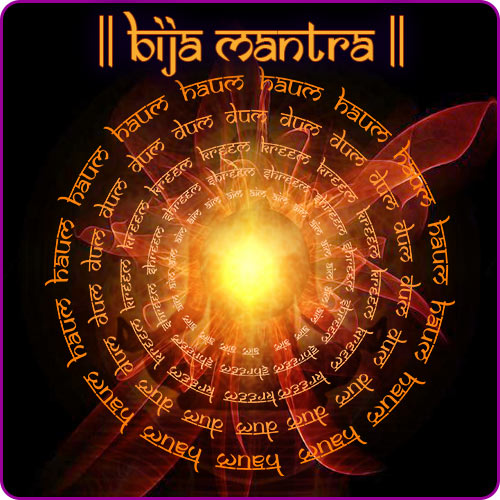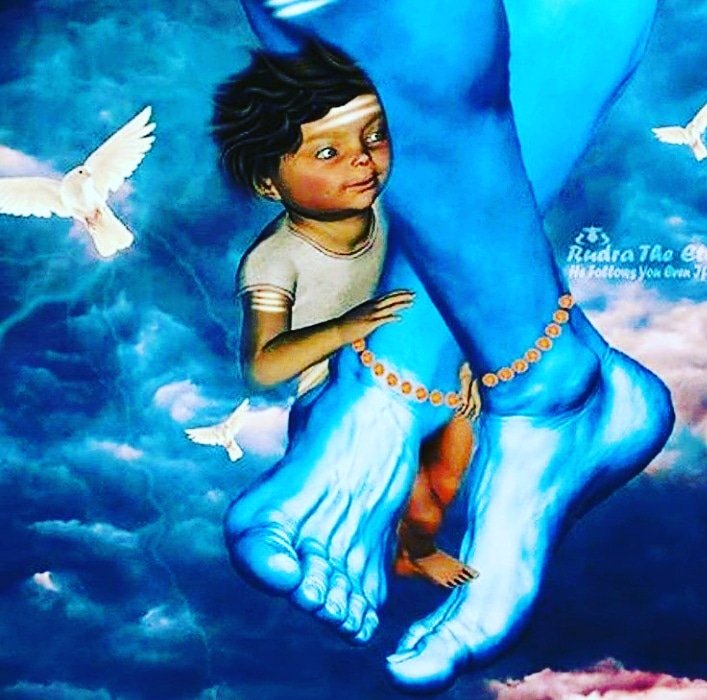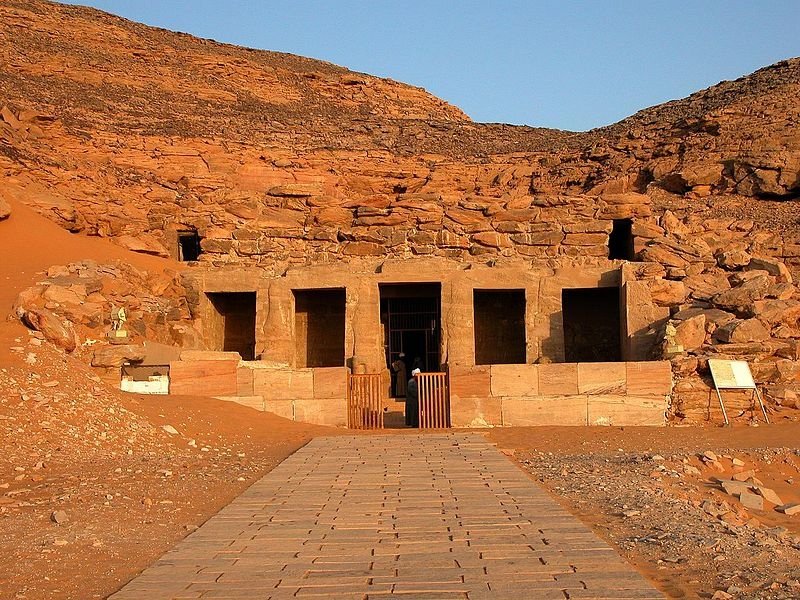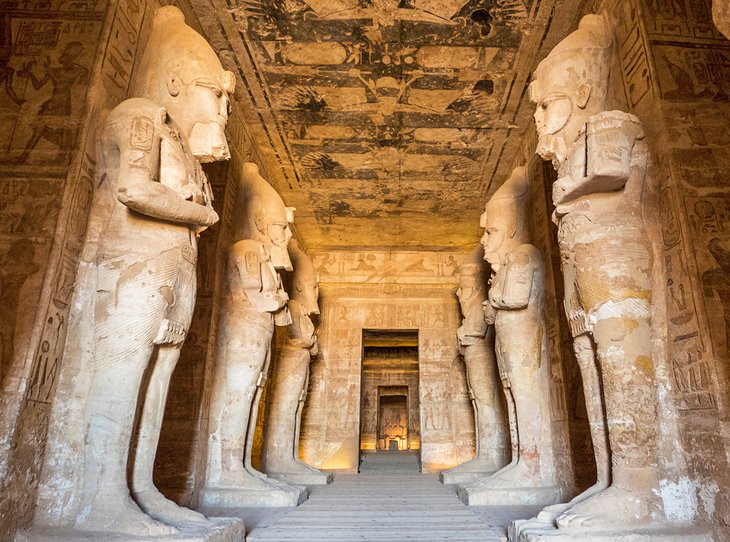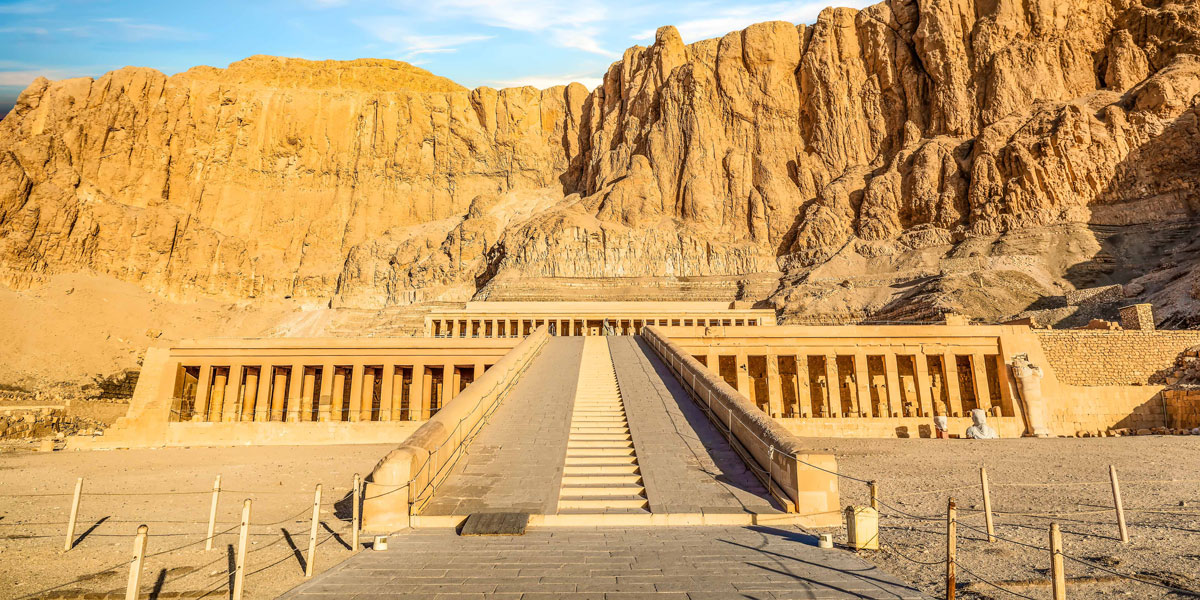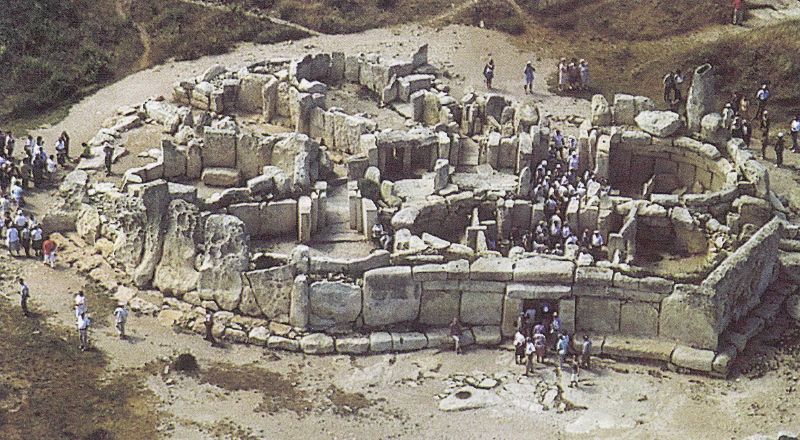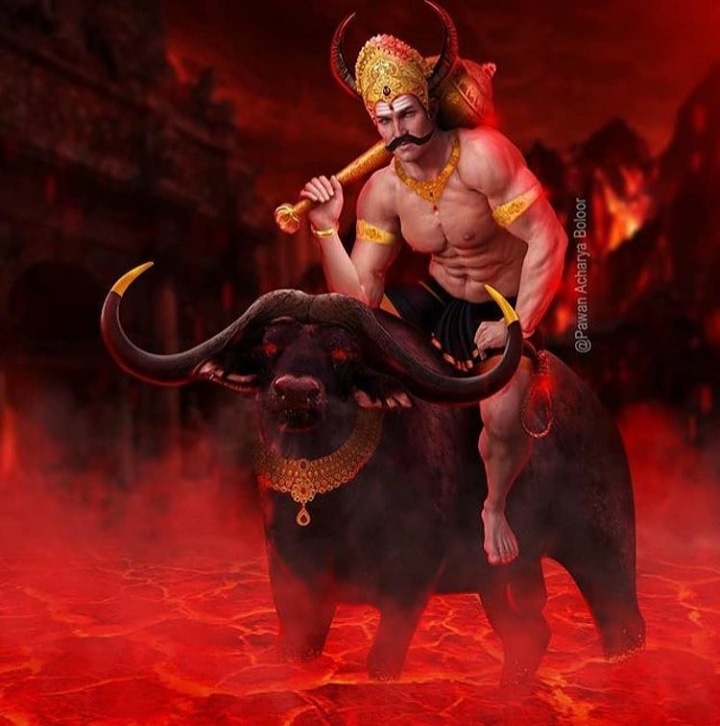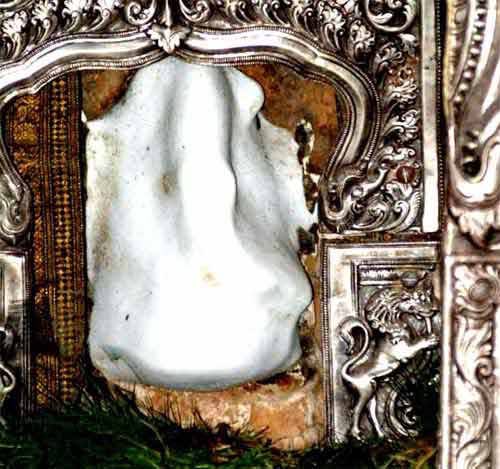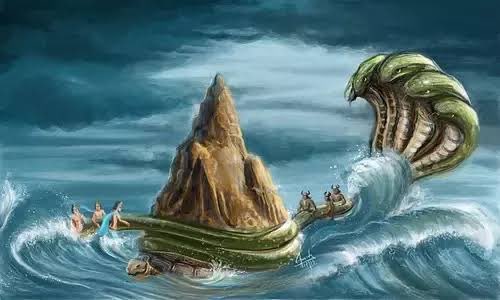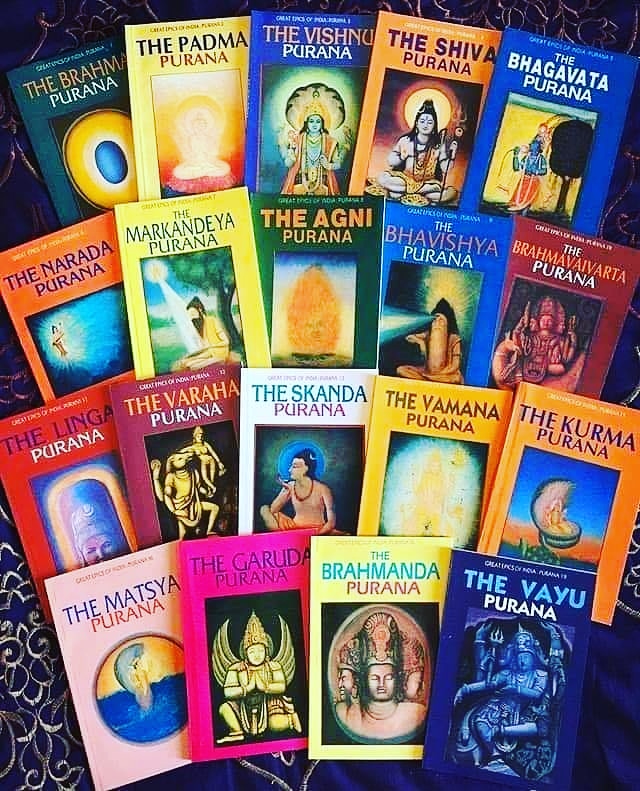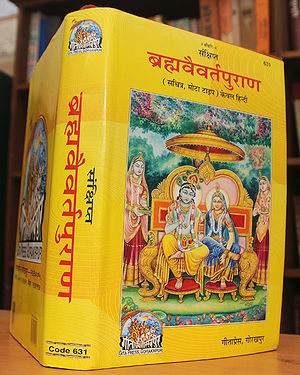IMPORTANCE AND CHARACTERISTICS OF GARUDA PURAN.
On the request of Garud, Bhagwan Vishnu, the rider of Garud, described this Puran based in Taksharya Kalp. It has ninteen thousand shlokas.
This book begins with a question and goes on to describe the Shrishti.
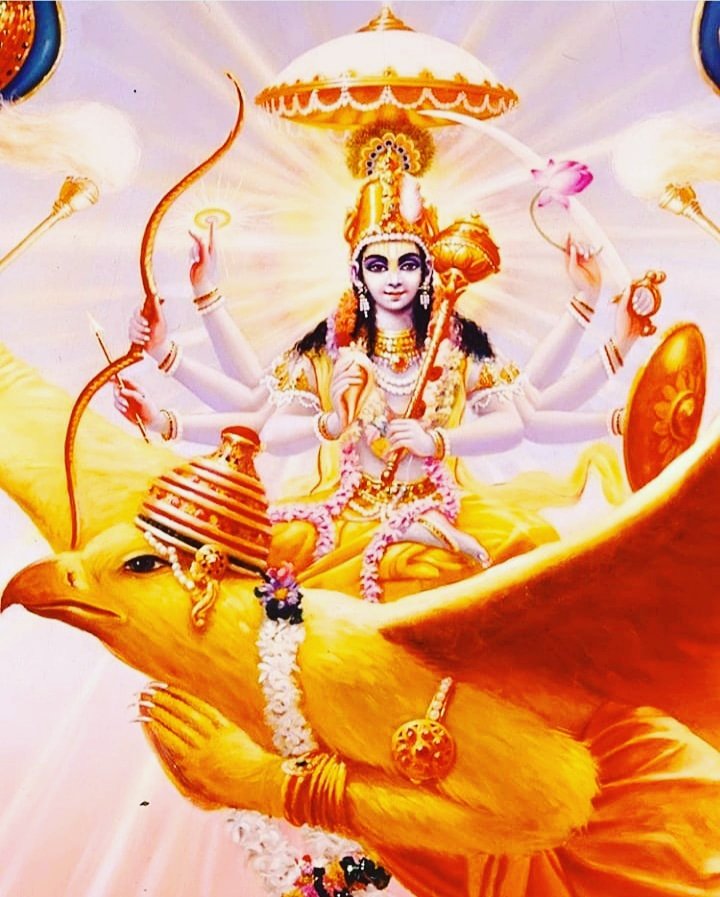
In the next section we find the description of Pret Kalp. On the question of Garud, Vishnu replied that your dharma is the reason for you to get the desired end along with daan and your Karma's.
The reader and listener of this book attain moksha. Getting this book written and donating it in Vishuv Yog gets you swargalok.
📸Credit-drsatla ji
Instagram link👇
https://t.co/VkLMMT32lv
Facebook page link 👇
https://t.co/bTE7SGvaM3
https://t.co/ocKkcpyidH
\u0917\u0930\u0941\u0921\u093c \u092a\u0941\u0930\u093e\u0923 \u0915\u093e \u092e\u0939\u0924\u094d\u0935 \u0914\u0930 \u0935\u0930\u094d\u0923\u0935\u094d\u092f\u0935\u0938\u094d\u0925\u093e\u0964
— \u092a\u0902\u0921\u093f\u0924 \u0935\u093f\u0936\u093e\u0932 \u0936\u094d\u0930\u094b\u0924\u094d\u0930\u093f\u092f (@VishalS50533075) January 8, 2021
\u0917\u0930\u0941\u0921\u093c \u0915\u0947 \u0905\u0928\u0941\u0930\u094b\u0927 \u092a\u0930 \u0917\u0930\u0941\u0921\u093c \u0915\u0947 \u0938\u0935\u093e\u0930 \u092d\u0917\u0935\u093e\u0928 \u0935\u093f\u0937\u094d\u0923\u0941 \u0928\u0947 \u0924\u0915\u094d\u0937\u0915\u091a\u093e\u0930\u094d\u092f \u0915\u0932\u094d\u092a \u092e\u0947\u0902 \u0938\u094d\u0925\u093f\u0924 \u0907\u0938 \u092a\u0941\u0930\u093e\u0923 \u0915\u093e \u0935\u0930\u094d\u0923\u0928 \u0915\u093f\u092f\u093e\u0964 \u0907\u0938\u092e\u0947\u0902 \u0909\u0928\u094d\u0928\u0940\u0938 \u0939\u091c\u093e\u0930 \u0936\u094d\u0932\u094b\u0915 \u0939\u0948\u0902\u0964
\u092f\u0939 \u092a\u0941\u0938\u094d\u0924\u0915 \u090f\u0915 \u092a\u094d\u0930\u0936\u094d\u0928 \u0938\u0947 \u0936\u0941\u0930\u0942 \u0939\u094b\u0924\u0940 \u0939\u0948 \u0914\u0930 \u0936\u094d\u0930\u0943\u0937\u094d\u091f\u093f \u0915\u093e \u0935\u0930\u094d\u0923\u0928 \u0915\u0930\u0924\u0940 \u0939\u0948\u0964 pic.twitter.com/MJv4KEL1V0
More from Anshul Pandey
Buddha avatar is not Fake it is mentioned in many Sanatan scriptures. I will give you references from Sanatan scriptures with the SS.
So lets start...
One of the copy of Bhagwad Geeta as sold by ISKCON says that Buddha was Vishnu Avatar. Fake info.
— Jaimine (@jaiminism) April 8, 2021
1) Harivansh Puran(1.41.164)
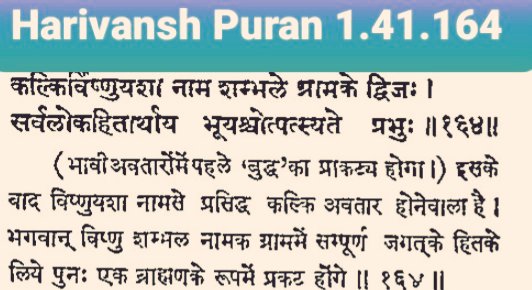
2)Bhagwat Puran(1.3.24)

3)Bhagwat Puran(2.7.37)

4)Garud Puran
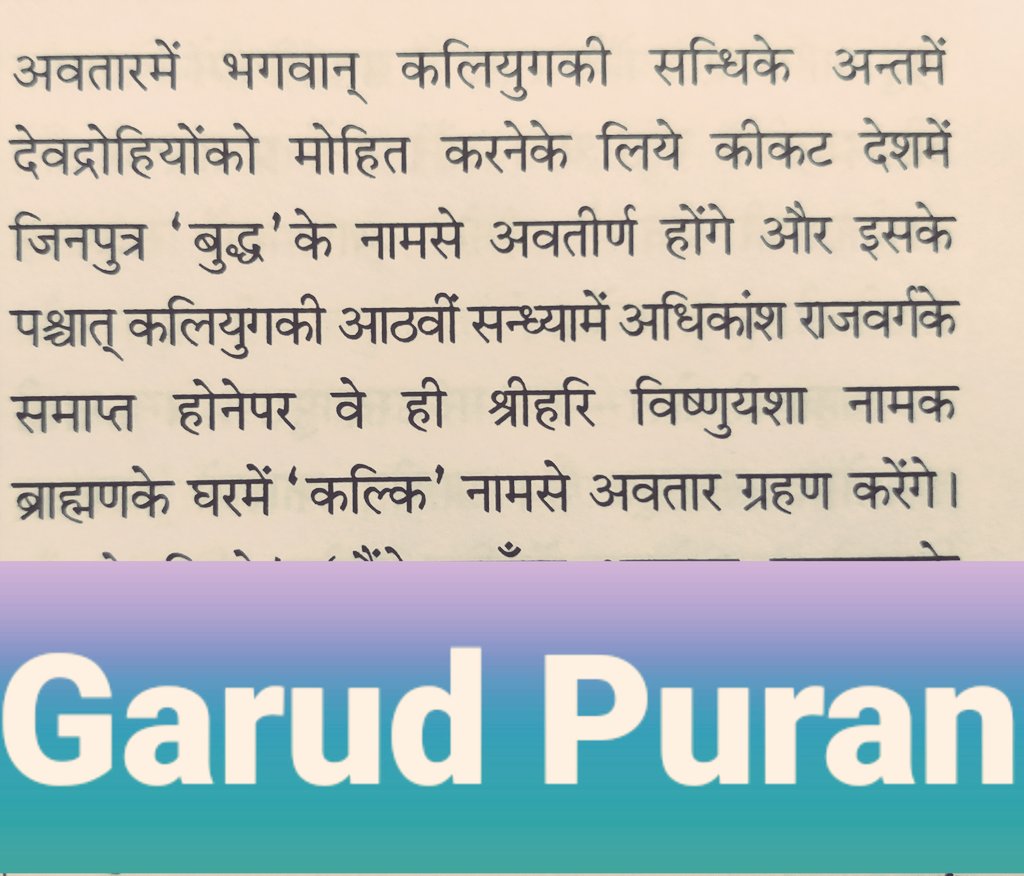
More from Religion
The full story of || Dhruv ||
We’ll see How Dhruv occupied a fixed position in the northern sky?
I repeat “Untold Unsung now Unearthed”
Go through entire thread carefully.
OM NAMO BHAGWATE VAASUDEVAAY
RT & spread the knowledge.
Any questions use #AskPratz
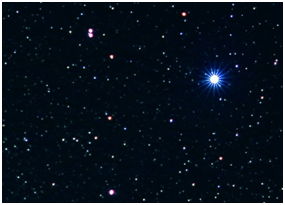
.... continuing from previous thread/story
O prince! Thus concentrate on that omnipotent eternal Lord with the mantra - ‘OM NAMO BHAGWATE VAASUDEVAAY’ .
https://t.co/H62ehDT3ix
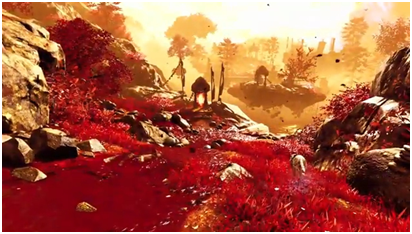
So you too go and recite the same mantra in order to please Lord Vishnu.
— Prateechi \U0001f6eb\u2708\ufe0f\U0001f6e9\ufe0f (@BahuRaani) February 6, 2021
\u2026To be continued
It\u2019s a beautiful long story. Read it to your loved ones.
(Next Weekly Thread)
We\u2019ll see How Dhruv occupied a fixed position in the northern sky?
Stay Tuned
Jai Maa
_/\\_ pic.twitter.com/7TxdNsoZes
The prince Dhruv greeted the sages and continued on his journey. At last, he reached a beautiful forest Madhuvan on the bank of the river Yamuna. It was the same forest, which was later occupied by a demon Madhu.
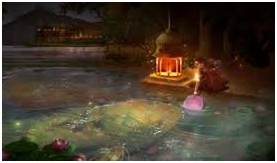
Shatrughana, the youngest brother of Sri Rama had killed demon Lavan, son of Madhu in the same forest & founded the township of Mathura. In the same forest, prince Dhruv decided to carry out his penance. As per the dictate of the sages, he began to recite the mantra continuously
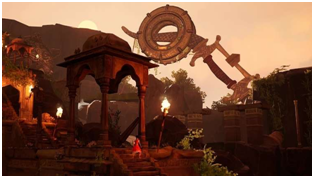
Very soon, the earth began to move because of Dhruv’s severe penance. Even the seat of Indra could not remain stable. A stampede resulted among the gods. The gods then hatched a conspiracy to disturb the penance.
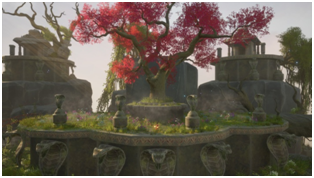
You May Also Like
One of the oddest features of the Labour tax row is how raising allowances, which the media allowed the LDs to describe as progressive (in spite of evidence to contrary) through the coalition years, is now seen by everyone as very right wing
— Tom Clark (@prospect_clark) November 2, 2018
Corbyn opposes the exploitation of foreign sweatshop-workers - Labour MPs complain he's like Nigel
He speaks up in defence of migrants - Labour MPs whinge that he's not listening to the public's very real concerns about immigration:
He's wrong to prioritise Labour Party members over the public:
He's wrong to prioritise the public over Labour Party

